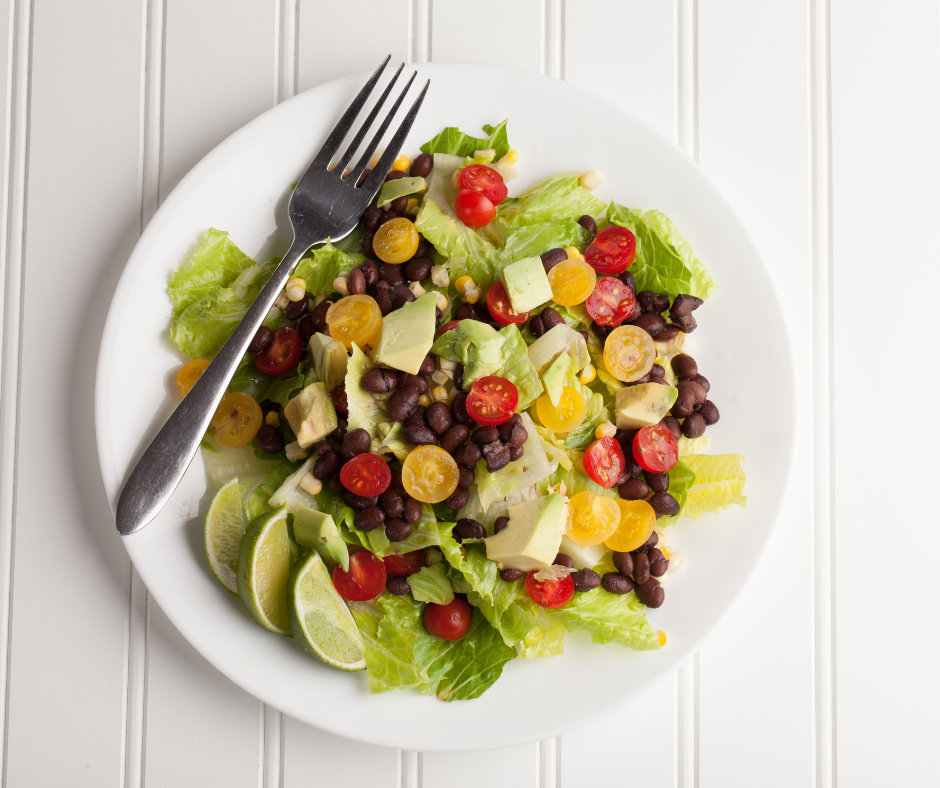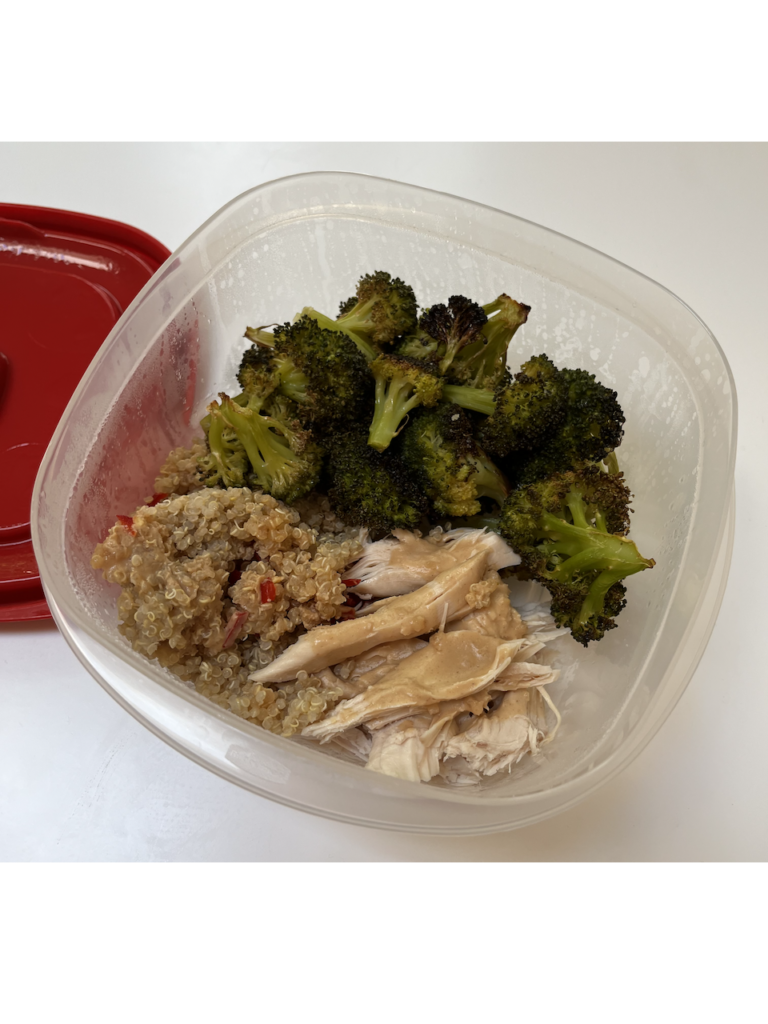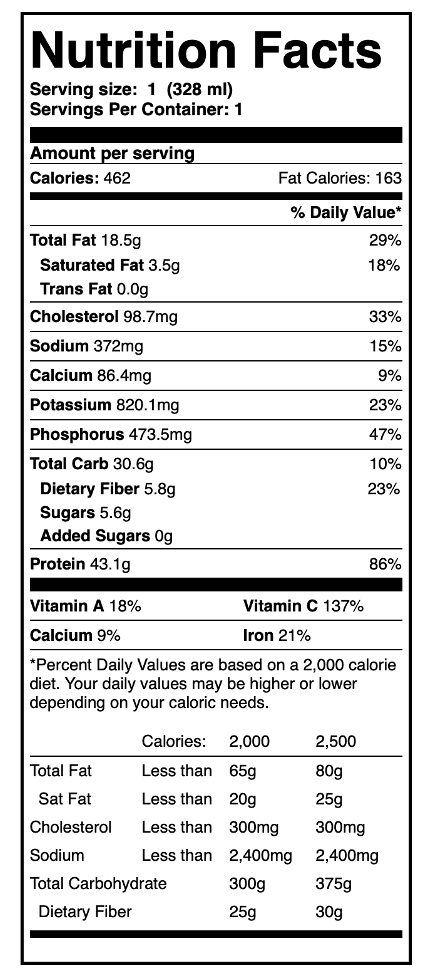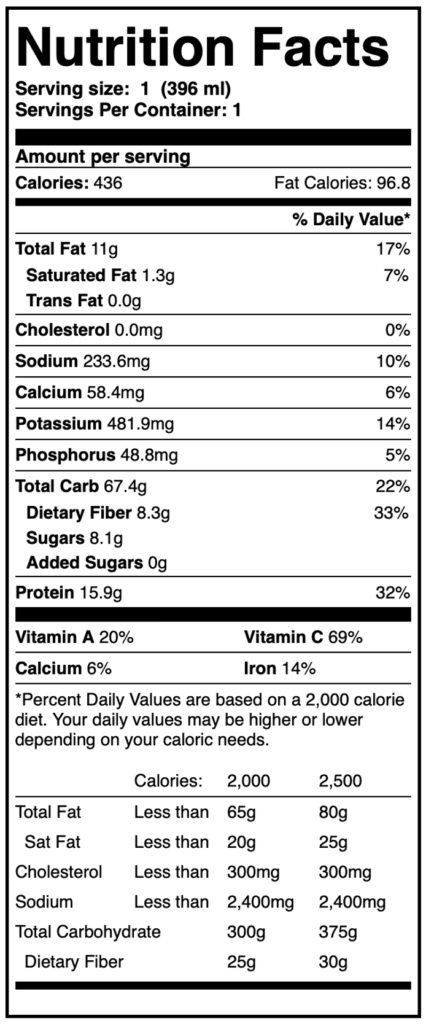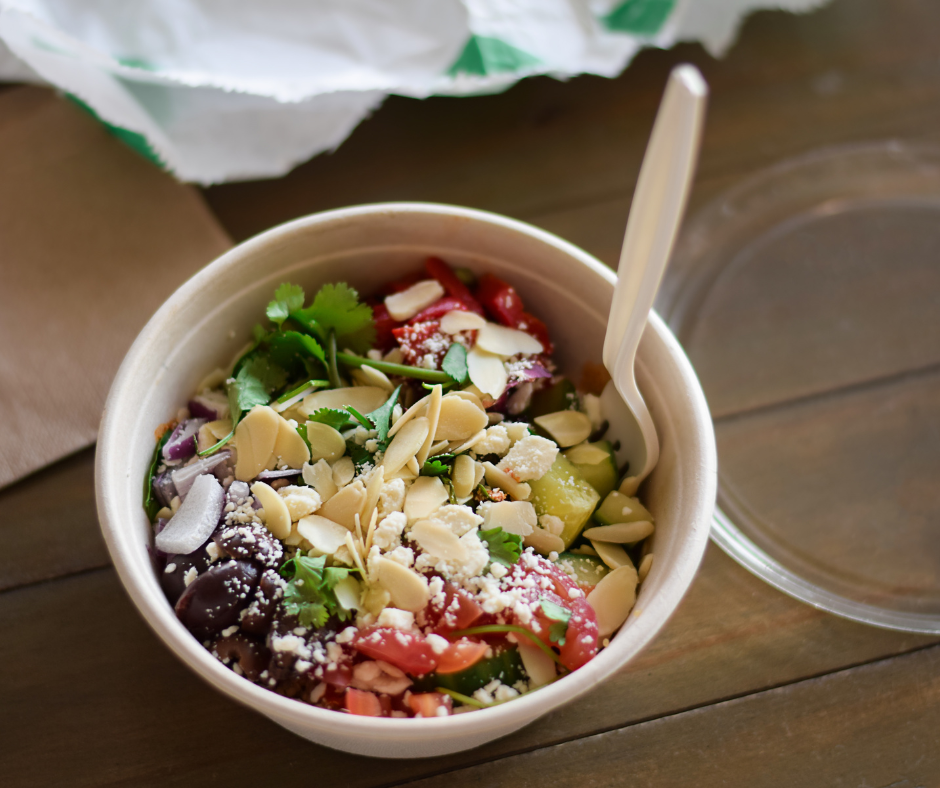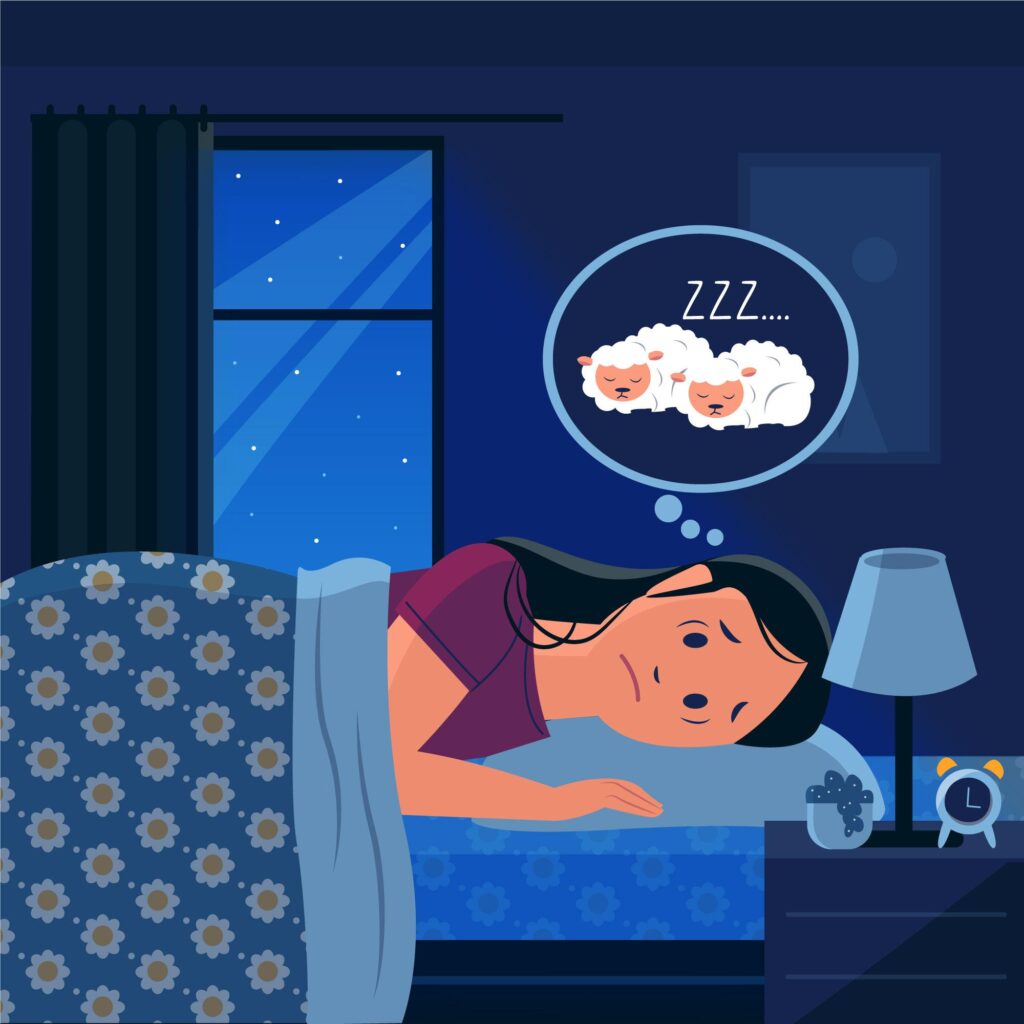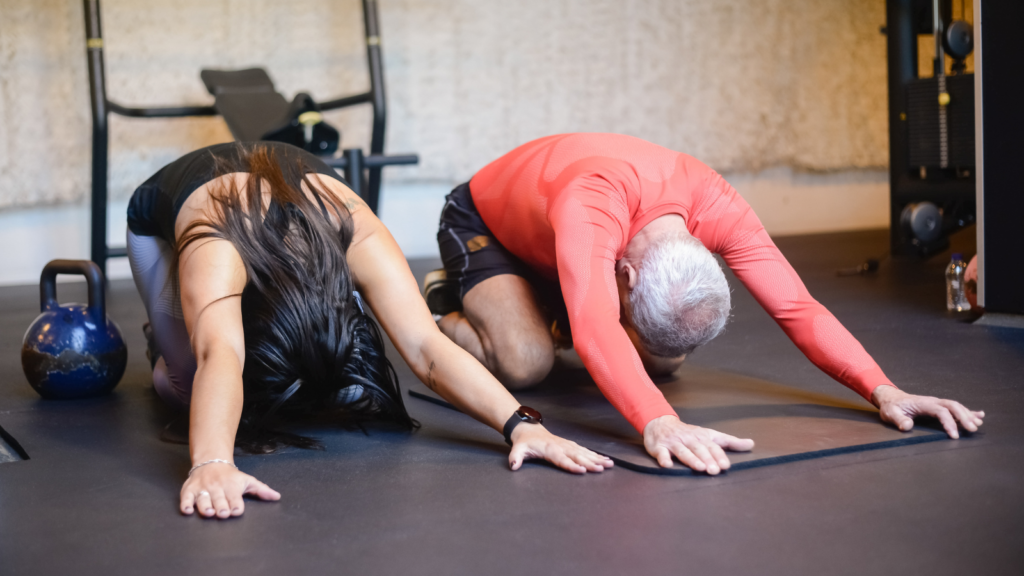
Do you stretch on a regular basis? Stretching is often an overlooked component of our physical activity routines. Stretching prepares our muscles for movement, aids in muscle recovery, releases tension and improves flexibility, all of which promote proper movement patterns. Performing stretches on a regular basis, even if not before or after physical activity, is beneficial and might just help you feel a little bit better. Consider adding dynamic and static stretching to your routine as a stand alone practice or along with your current physical activity.
Dynamic Stretching
- Include dynamic stretching before engaging in physical activity. These can be done prior to a low-intensity aerobic warmup.
- These stretches involve movement and examples include bodyweight lunges (forward, side, or reverse), bodyweight squats, leg swings (front to back or side to side), push-ups with a rotation and inchworms.
- Perform movements that work the same muscle groups you will utilize in your physical activity session.
- Carry out these movements lightly and at a slow tempo. Do not force yourself past your range of motion.
- Dynamic stretches are a great way to break up the time you spend seated. Perform a few for every 30 minutes of sitting or during TV commercial breaks to add extra movement throughout your day.
Static Stretching
- Include static stretching after engaging in physical activity or after a low-intensity aerobic warmup. Avoid performing static stretches without moving first. You need to warm your muscles up prior to static stretching.
- These stretches are held for 30 to 60 seconds to a point where you feel tension but not pain. Examples include bending over and reaching for your toes (hamstring stretch), holding your arm across your chest (shoulder stretch) and clasping your hands together above your head and reaching upwards (torso stretch).
- Perform stretches that engage the same muscle groups you utilized or will utilize in your physical activity session.
Don’t miss another great blog: Subscribe Now


